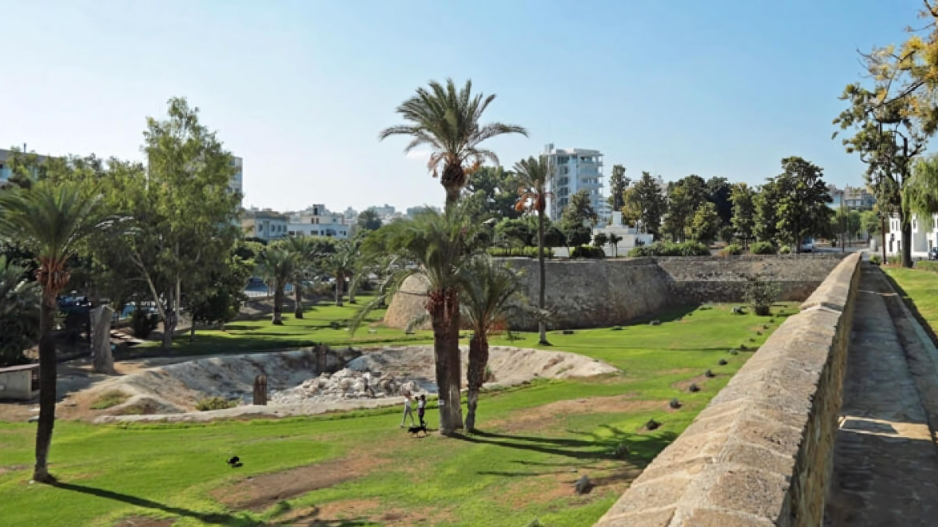How Urban Trees Affect City Temperatures
Trees in cities play a pivotal role in mitigating urban heat islands (UHIs)
Urbanization has transformed natural landscapes into concrete jungles, resulting in significant environmental changes. One of the critical impacts of this transformation is the alteration of urban microclimates, particularly temperature regulation. Trees in cities play a pivotal role in mitigating urban heat islands (UHIs), a phenomenon where urban areas experience higher temperatures than their rural surroundings. This article explores scientific studies and evidence that demonstrate how urban trees influence city temperatures.
The Urban Heat Island (UHI) effect is characterized by higher temperatures in urban areas compared to their rural counterparts, primarily due to human activities and the abundance of heat-absorbing surfaces like asphalt and concrete. UHIs can lead to increased energy consumption, elevated emissions of air pollutants and greenhouse gases, and adverse health effects.
-
Shading and Reduced Solar Radiation: Trees provide shade, reducing the amount of solar radiation that reaches the ground and buildings. This shading effect lowers surface temperatures and subsequently the ambient air temperature. A study conducted by the U.S. Forest Service found that tree canopy cover can reduce summer daytime temperatures by 1-5°C (2-9°F) compared to non-vegetated areas.
-
Evapotranspiration: Trees cool the air through a process known as evapotranspiration, where water is absorbed by roots and released as water vapor through leaves. This process consumes heat energy, effectively reducing air temperature. Research published in the journal Urban Forestry & Urban Greening indicates that evapotranspiration from urban trees can lower temperatures by 1-2°C (1.8-3.6°F) during the daytime.
-
Heat Reflection and Storage: Unlike concrete and asphalt, which absorb and retain heat, tree leaves reflect more sunlight and store less heat. This difference in heat storage capacity contributes to lower nighttime temperatures in areas with significant tree cover. According to a study by the University of California, Davis, urban areas with high tree density can experience nighttime temperature reductions of up to 2.5°C (4.5°F).
-
New York City, USA: A study by the New York City Department of Parks and Recreation revealed that areas with substantial tree cover were significantly cooler than treeless areas. The study found that increasing tree canopy cover by 10% could reduce the temperature by approximately 1.4°C (2.5°F).
-
Melbourne, Australia: Research in Melbourne demonstrated that urban trees could reduce the UHI effect by lowering temperatures in residential areas. The study, published in the journal Landscape and Urban Planning, showed that streets with mature tree canopies were 1.5-2°C (2.7-3.6°F) cooler than those without trees.
-
Singapore: Singapore's urban planning incorporates extensive greenery to combat the tropical heat. Studies have shown that areas with high vegetation density can be up to 4°C (7.2°F) cooler than heavily built-up regions. This has significant implications for energy savings and public health in the densely populated city-state.
Beyond temperature regulation, urban trees offer a multitude of environmental, social, and economic benefits:
-
Improved Air Quality: Trees absorb pollutants and particulate matter, enhancing air quality.
-
Biodiversity: Urban trees provide habitats for various species, promoting biodiversity.
-
Mental Health: Access to green spaces has been linked to improved mental health and well-being.
-
Property Values: Properties in greener areas tend to have higher market values.
Scientific evidence underscores the critical role of urban trees in regulating city temperatures. Through shading, evapotranspiration, and reduced heat absorption, trees mitigate the UHI effect and create more comfortable and sustainable urban environments. As cities continue to grow, incorporating green infrastructure into urban planning will be essential to counteract the adverse effects of urbanization and promote a healthier living environment for urban dwellers.






